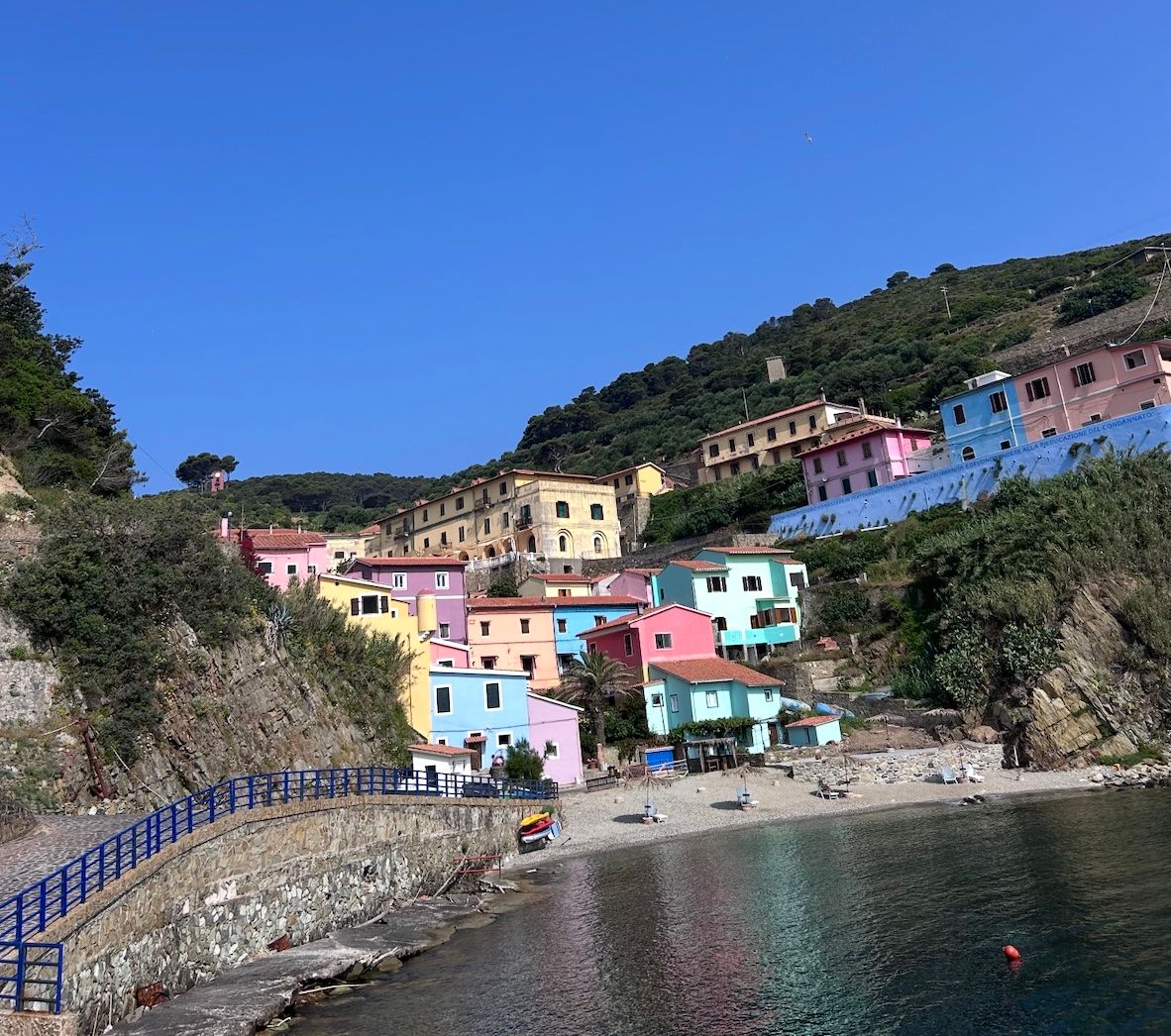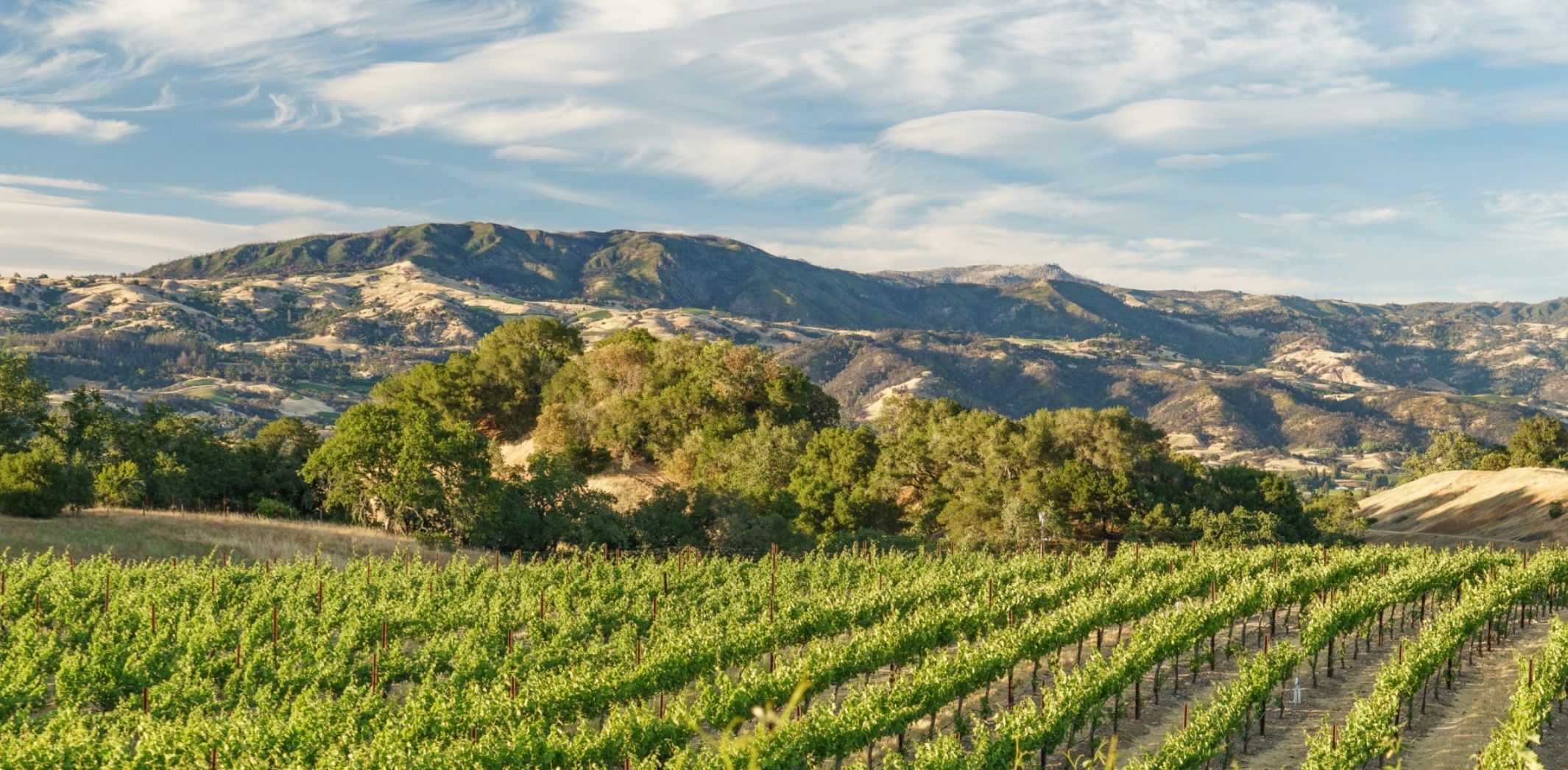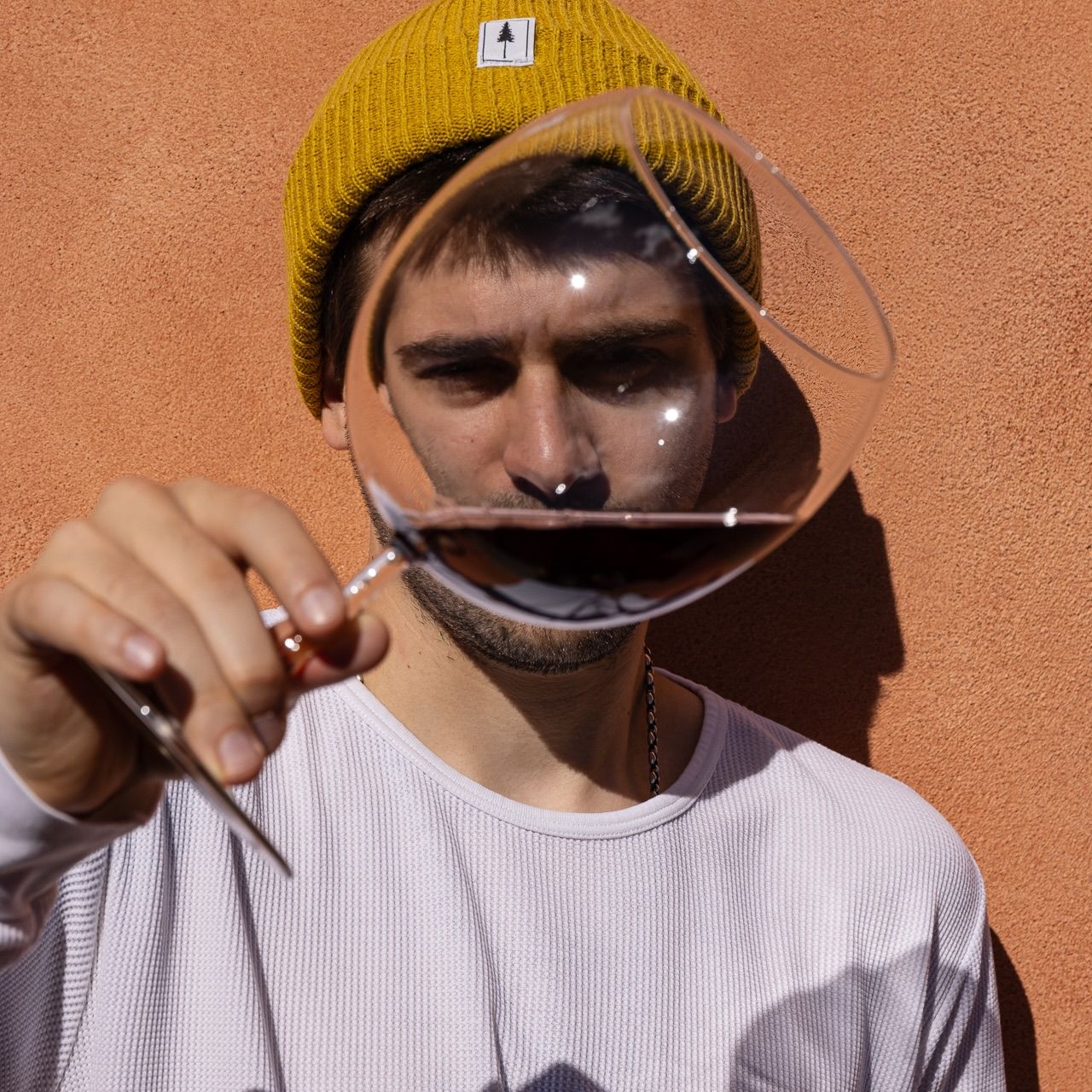Below we feature highlights of this year’s Crémant press and trade tasting, with top producers and wines picked out as wines that will give Champagne lovers more bang for their buck.
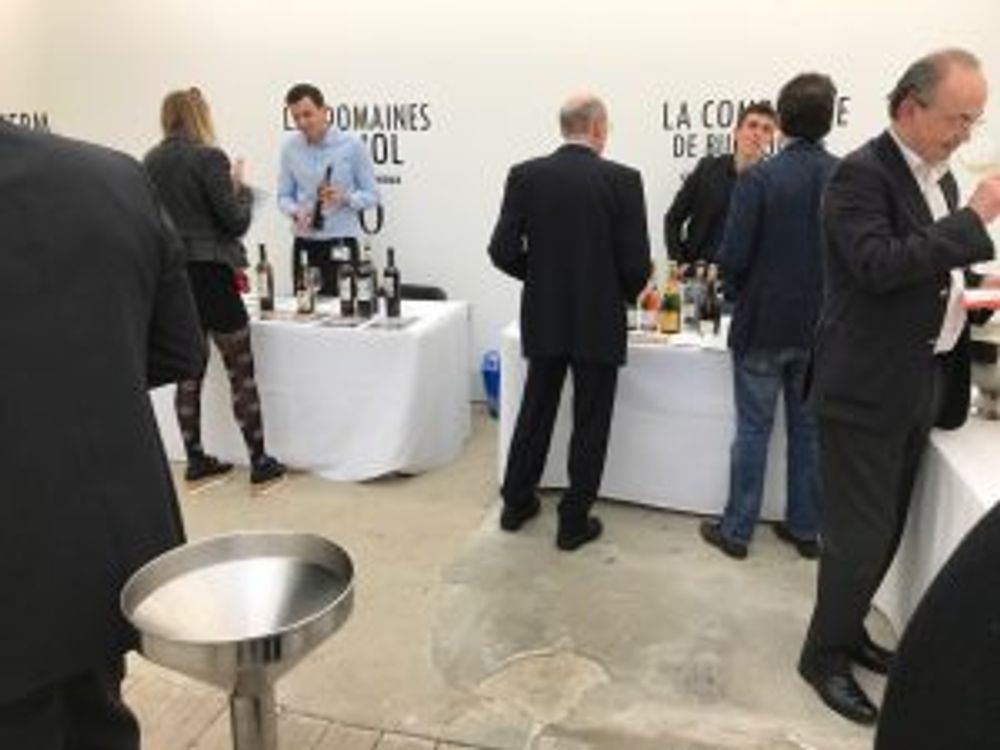
This year’s annual Crémant tasting was held at London’s Edel Assanti Gallery
So last night I was in a hotel in Carcassonne. My wife had a glass of Champagne I had a glass of Crémant. The Champagne was almost twice the price and nowhere near as good.
As for the Crémant it was the top cuvee from Antech, a medium-sized, independent winery in nearby Limoux. I have always been a fan of Antech and their Cuvée Eugenie (for a while only available to the on-trade in France) has often fooled visiting Parisians in a blind tasting.
The Grand Cuvée 2014 was something else and was drinking like a £40 named Champagne. In fact, it was as good as a vintage. The colour was golden yellow, looking more evolved than three years, the perlage was precise with a thin stream of tiny bubbles, the nose was brioche, honey and grapefruit, the mouth was complex, bready, citrus and long. Outstanding wine. Neill Wine in Northern Ireland has it for an unbelievable £14.95 RRP.
And so here’s the problem with, and the opportunity for Crémant.
On the one hand the sharp decline in the UK for sales of lower priced, particularly own label, Champagne offers producers of lower priced fizz a chance to steal a march, be they making Prosecco, Cava, Lambrusco or Crémant.
But on the other hand, customers opting for a bottle of bubbles in a restaurant are generally more likely to go for a prestige cuvée or grand marque Champagne – one they recognise or is going to have marquee value on the table.
First, very quickly, just what is Crémant?
In a nutshell it is French bubbly made from high quality handpicked grapes vinified in the traditional way, previously known as Methode Champenoise.
Eight designated AOP produce Crémant in: Alsace, Bordeaux, Bourgogne, Die, Jura, Limoux, Loire and Savoie. Crémant D’Alsace produces the largest proportion of bubbly out of these eight.
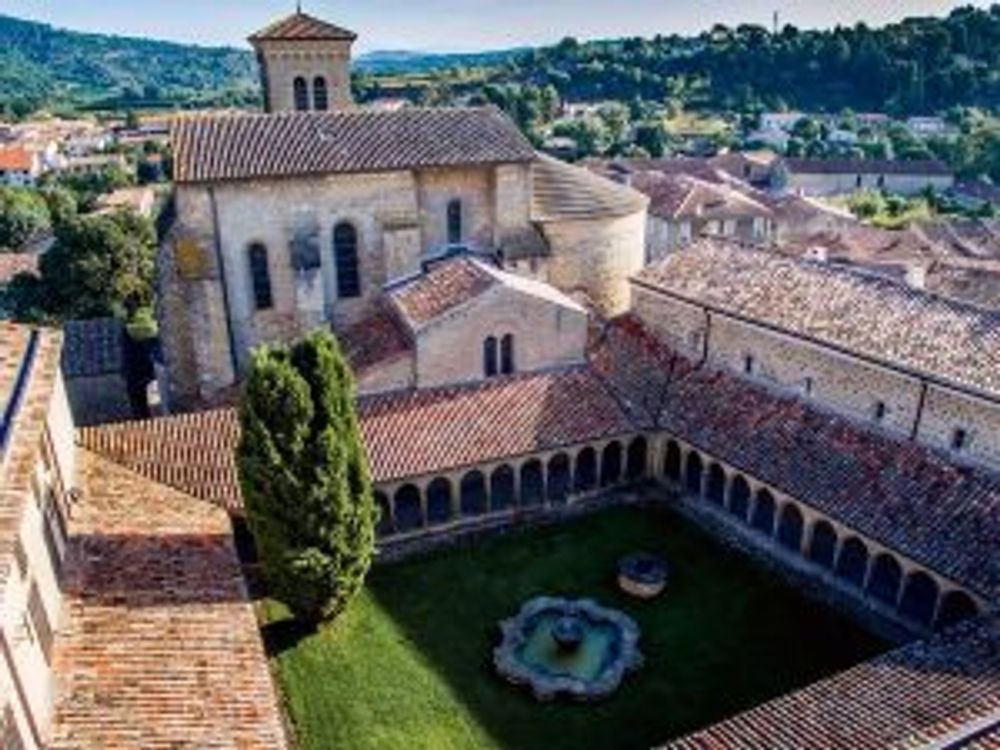
Contrary to popular opinion the world’s first recorded example of sparkling wine was at this Abbey near Limoux, and not in Champagne.
These eight AOP have different rules regarding production but they all adhere to a few common paramaters such as hand-harvesting, ageing and dosage limits.
Incidentally the first bubbly in France, that is historically recorded, was from a monastery in St Hilaire, a few miles from Limoux where sparkling wine was inadvertently produced and recorded in 1531.
Local yarns of Dom Perignon visiting the monastery and taking back to Champagne the secrets of sparkling wine production are quite fanciful and probably stirred up in response to the Dom’s own mistaken over-crediting for ‘inventing’ Methode Champenoise, something which really belongs to Englishman Christopher Merret.
Another thing about Crémant is that it used to be credited for being a bit more ‘rustic’ than Champagne but the advent of smaller, artisanal grower-producers in Champagne cancels out that observation.
OK, got the picture, now what about that tasting?
So Business France held its annual Crémant tasting at the Edel Assanti Gallery in London. 80 Crémants were shown from 12 producers. The wines we recommend are as follows:
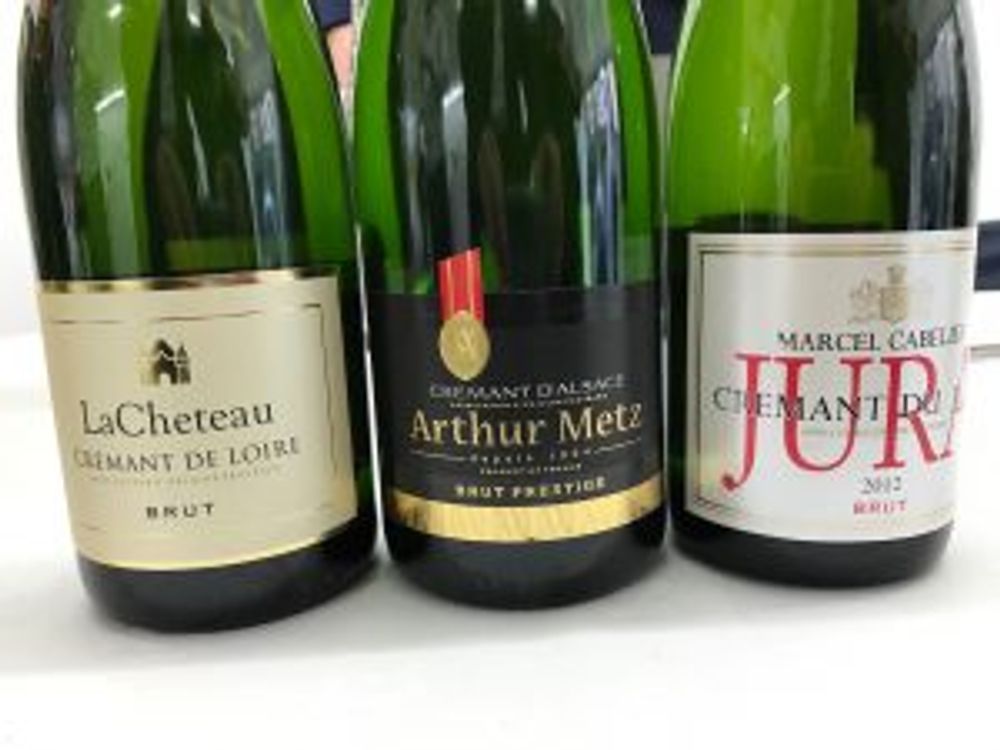
The top supplier of Crémant to the UK, which has a presence in all of France’s AOP sparkling-producing regions, is also the largest independent wine supplier in France, still family-owned, but operating the huge consumer brands JP Chenet and Calvet.
These three wines are the ones that are available to the UK on-trade. La Chateau from the Loire and the Jura 2012 were all tightly-wound citrus acidity, the Crémant d’Alsace was a step up, still citrus and acidic but with a lovely dry finish.
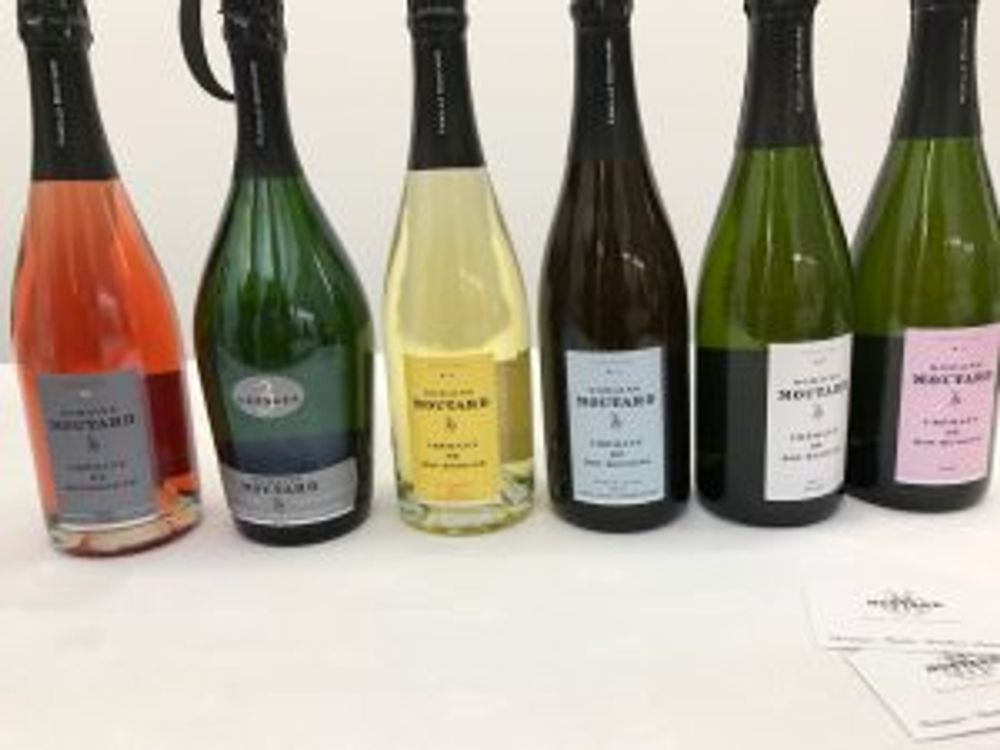
A great new range from a family that has experience in Champagne and has been producing wine in Burgundy since 2004.
The entry level Crémant de Bourgogne Brut was nice and approachable and sells for €6.20 ex-cellar just to give you an idea of the value. There is a Brut Nature that really was very dry, a Crémant de Bourgogne Vinifié en foudre that is vinified in foudre for two weeks and was a blend of Pinot Noir, Chardonnay and a smidge of Aligoté. A Rosé was tart, unripe strawberries, a terrific 3 Cépages and the best, the new single plot Les Vignolles that was 100% Chardonnay.
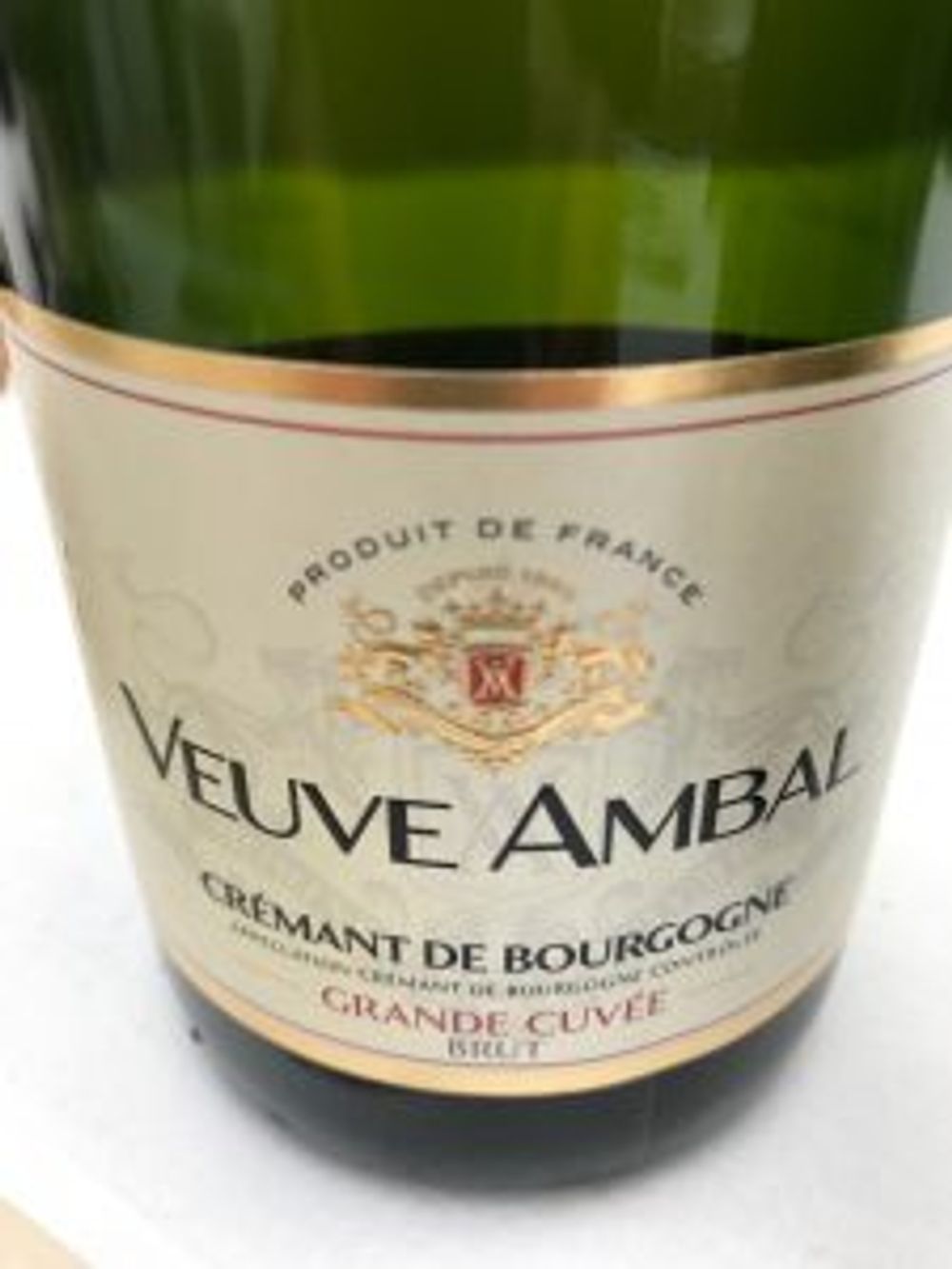
Established over 100 years ago in Rully, this winery is now the largest producer of Crémant de Bourgogne.
Their Grand Cuvée, a blend of Chardonnay, Pinot Noir, Gamay and Aligoté had quite a yeasty nose and generous mousse but a nice balanced dryness.
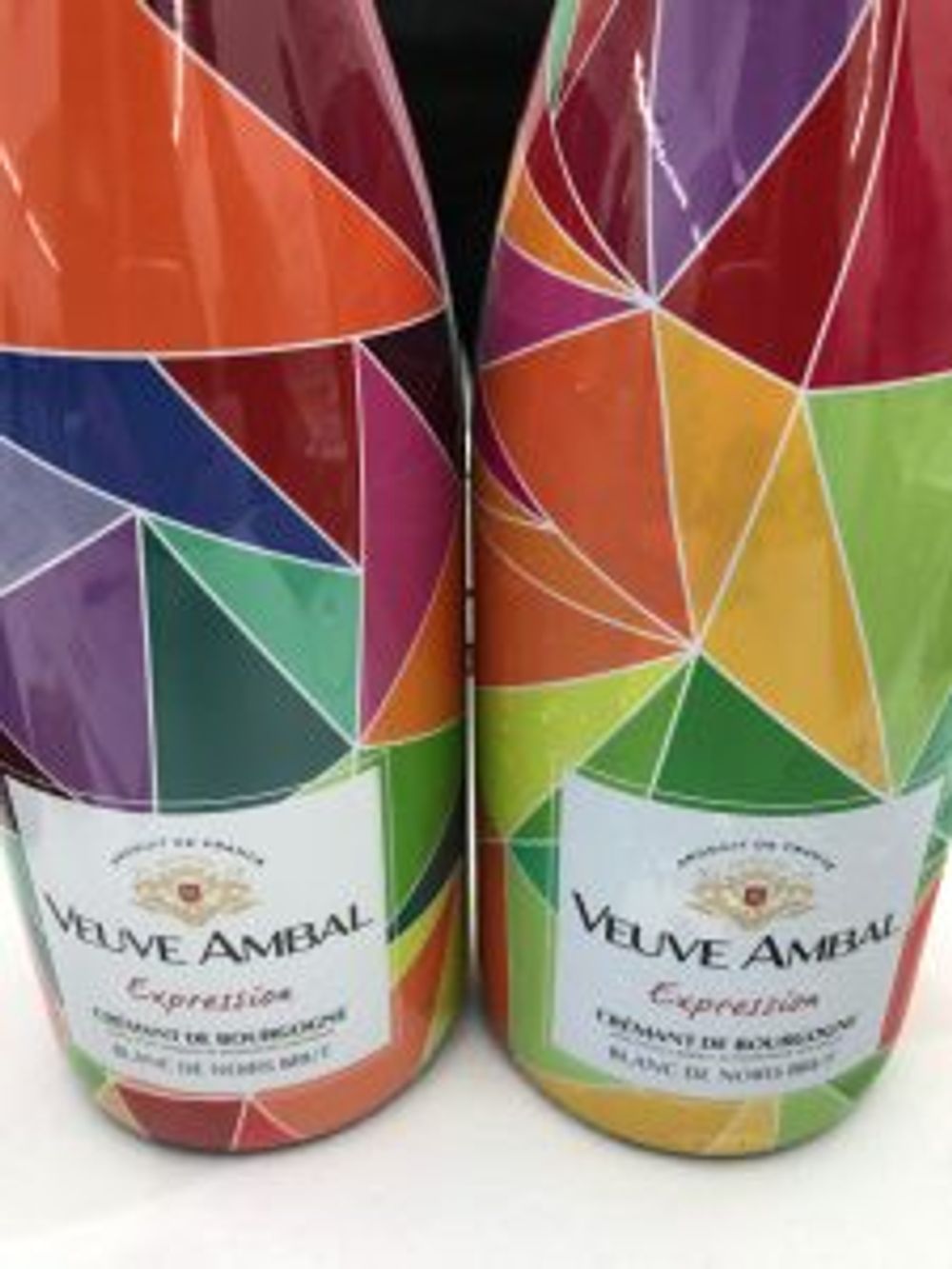
The company used the tasting to showcase their latest in the range which is called Expression and is 85% Pinot Noir and 15% Gamay. It was a well-made Crémant that had a slightly sweeter edge than the previous wine (11gms of residual sugar) and comes with a unique bottle design that is configured different for every single bottle, on account of an unique printing process.
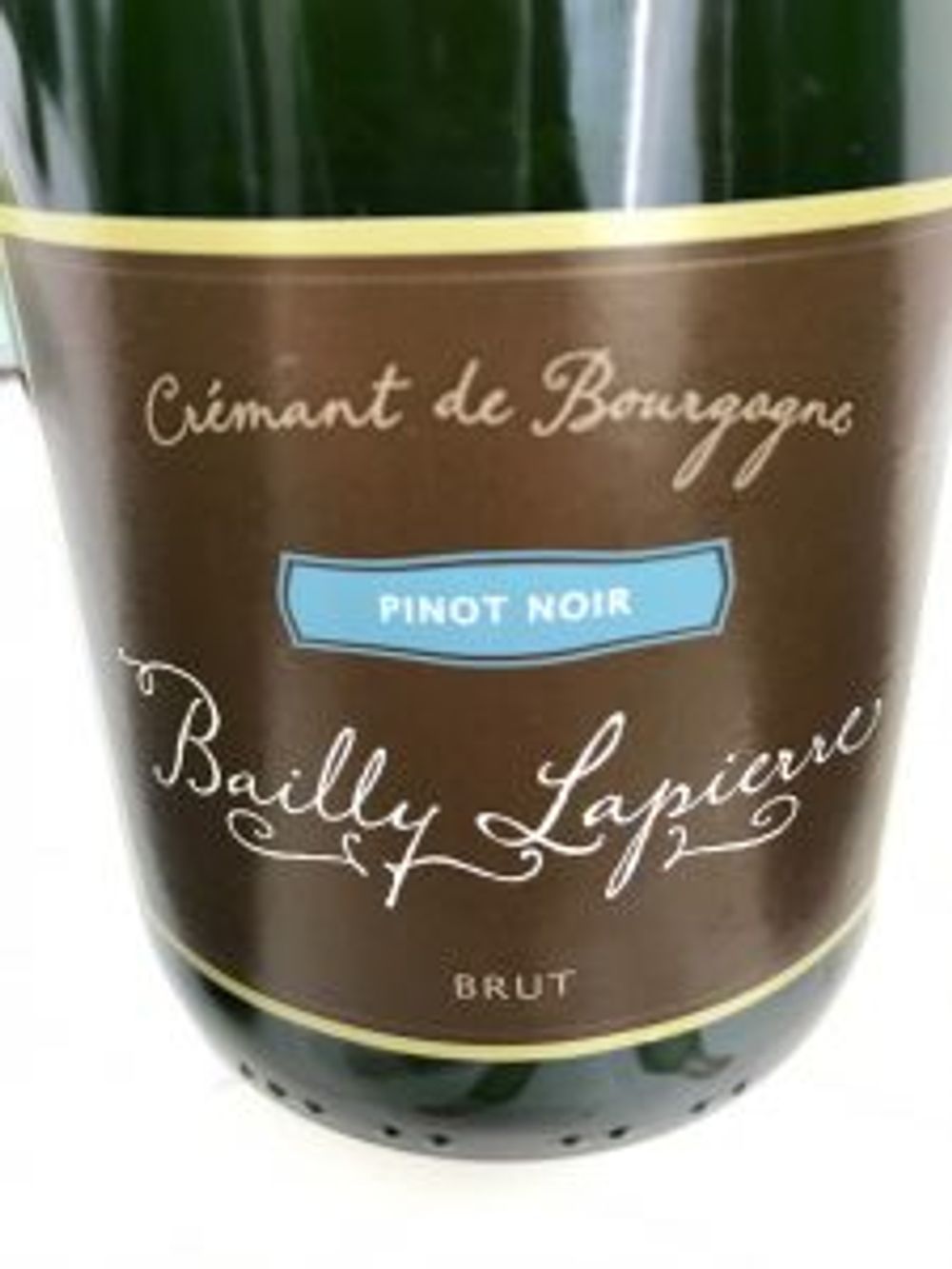
Comprising three separate wineries – Caves Bailly-Lapierre, Vignerons de Buxy and Alliance Vignerons Bourgogne – this cooperative boasts four hectares of cellars carved 50m underground where six million bottles of Crémant are aged.
The company released its new wines Vive-la-Joie Blanc 2009 and Vive-la-Joie Rosé 2010 at the tasting but I actually preferred their Brut Réserve , a blend of Pinot Noir, Chardonnay, Aligoté and Gamay which was dry but with a gorgeous sweet edge and their Blanc de Noir which was crisp and dry and had terrific structure.
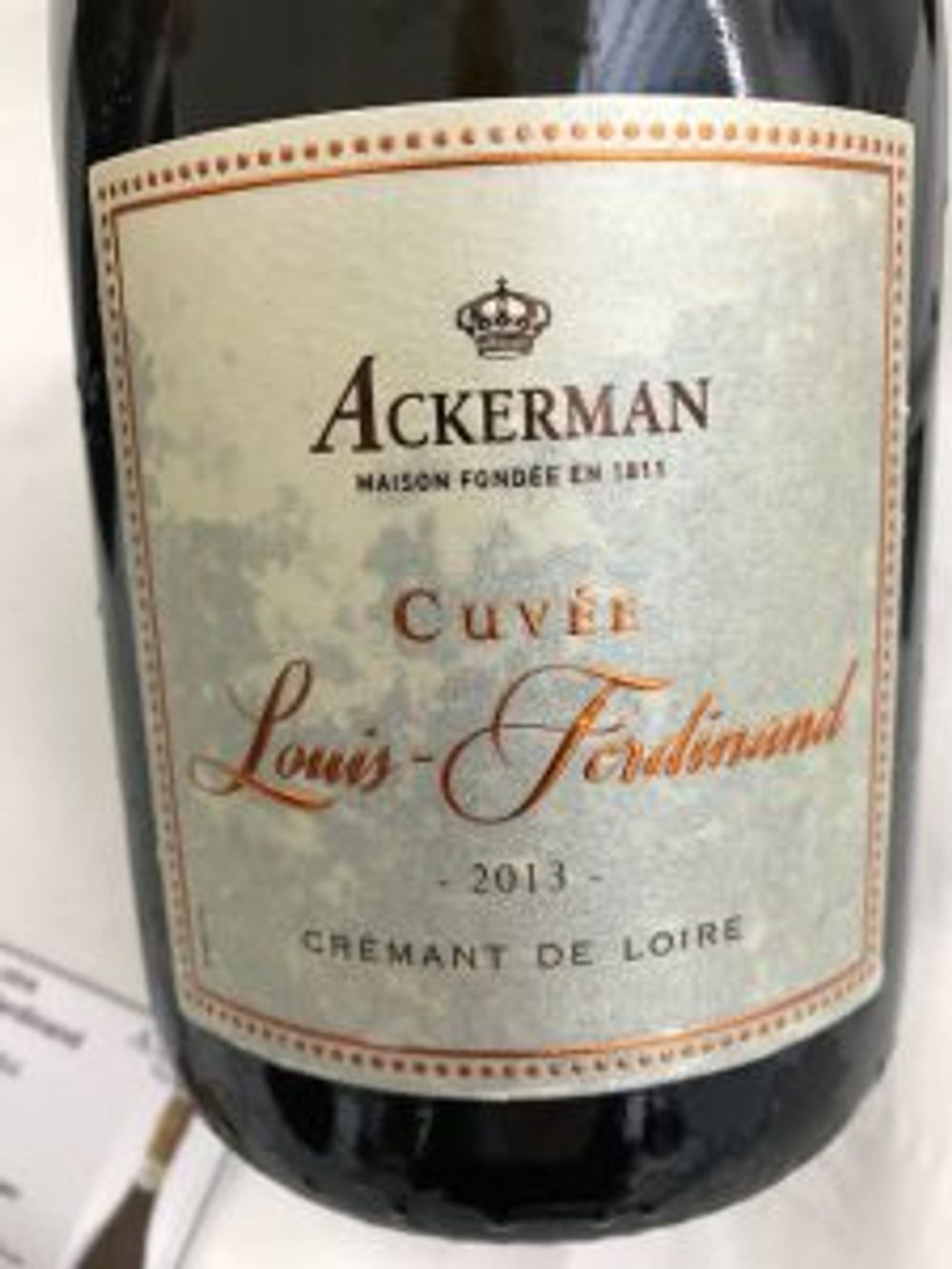
I enjoyed pretty much all of Ackerman’s range including the new wine they launched at the tasting, Saumur L’Esprit Nature Brut which is 100% Chenin Blanc and the first of their sparkling to be made without additional sulphur.
Their Royal Brut Blanc which is a blend of Chardonnay, Chenin and Cabernet Franc is the oldest aged cuvée and is more buttery on the palate, with great balance and crispy fruit.
Their Rosé was pure strawberries, but the standout was the Crémant de Loire Cuvée Louis-Ferdinand Brut Blanc that is only made is special years. It’s a 50/50 blend of white and red grapes (Chenin Blanc and Cabernet Franc) and was first rate and only €11.70 ex-cellar.
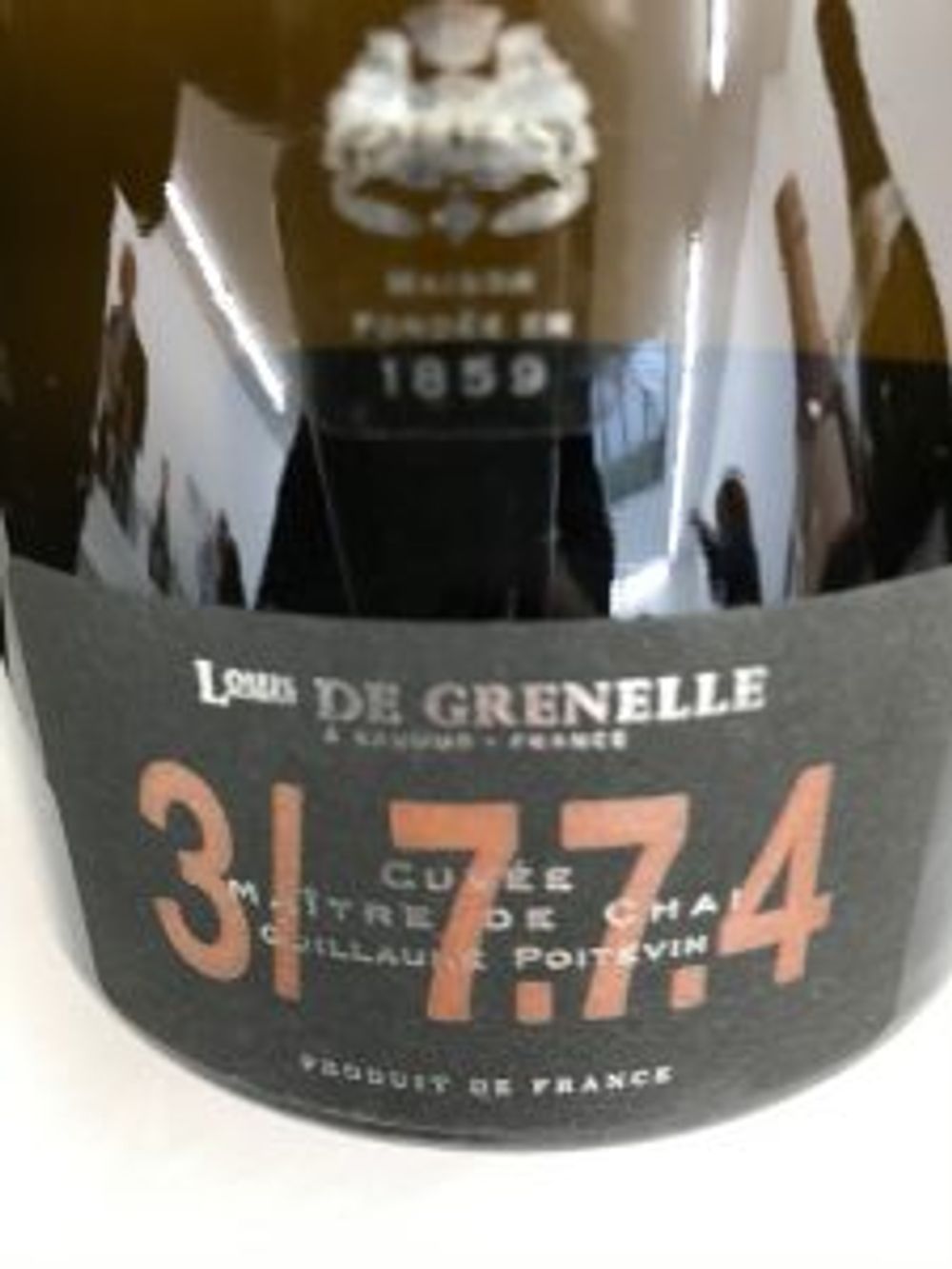
I also enjoyed the wines from Caves de Grenelle which is another Crémant de Loire producer, although not distributed in the UK. Why that is is anybody’s guess and, if you are an importer, you should look at this winery.
They showed six excellent wines, the highlights of which were a 100% Grolleau that had an intense sweet nose that was hiding an amazingly dry wine. Best of the lot was Cuvée 3/7.7.4 with Pinot Noir, Cabernet Franc and Pineau d’Aunis that was sophisticated, floral and red berries on the nose with a delicate creamy finish.




